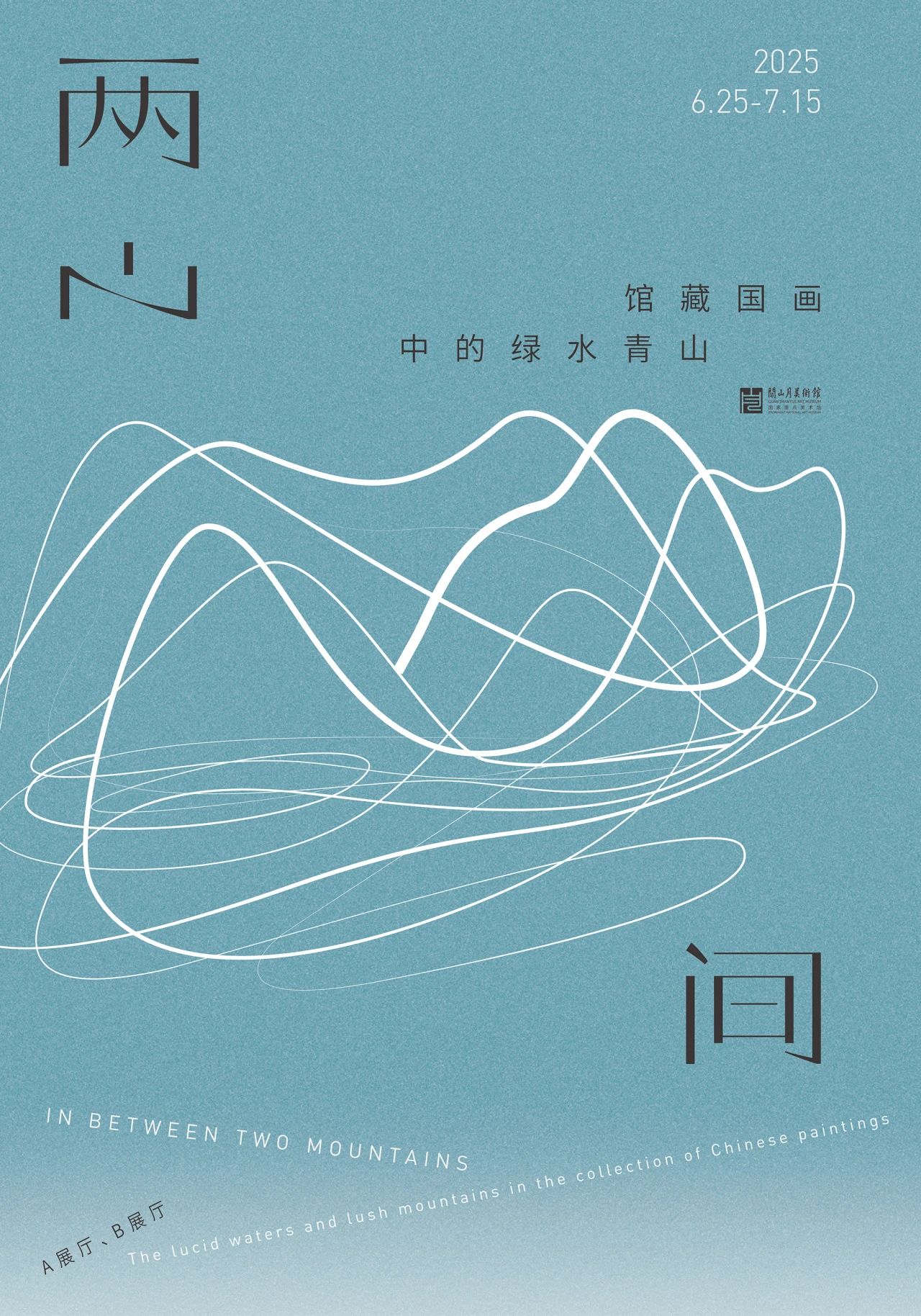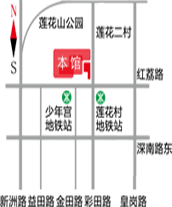
- Two Mountains | Green Water and Green Mountains in the Collection of Traditional Chinese Painting
-

Click to view Exhibition Hall A and Hall B
Gifts from Mountains and Rivers
Chinese people love nature. Among our three major subjects of Chinese painting - landscape painting, flower and bird painting, and figure painting - two are related to nature. In China, the natural landscape flowers and birds have never been just landscape flowers and birds, but civilization carriers shaped by thousands of years of history, culture, emotions, and aesthetics: Sima Qian expressed his admiration for Confucianism in "The Family of Confucius" in "Records of the Grand Historian; Laozi's "Tao Te Ching" summarizes the various virtues of water as "the highest good is like water"; Mei Lan Zhu Ju is regarded as one of the "Four Gentlemen" by us; And various bird species are endowed with different emotional colors by us, such as the swan representing lofty aspirations, "hearing the sound of magpies is a sign of joy"... In this section, we mainly present traditional landscape flowers, birds, and works depicting natural ecology.
The Call of Reality
As the world enters a modernization process centered on industrialization and urbanization, the conflict between humans and nature begins to emerge. At the beginning of the 20th century, the artist group of the "Lingnan School" had a lot of exploration in depicting modern new things. After the founding of the People's Republic of China, themes depicting the conquest of nature by the working people, the construction of new rural areas, and industrialization emerged in a burst, such as Guan Shanyue's "Han Shui Bridge" and "Wuhan Iron and Steel Construction Site" depicting modernization construction, Lin Fengsu's "String of Pearls Reflecting in the Deep Mountains" depicting the achievements of new rural construction, and Huang Chunyao's "Mountain Water Conservancy" depicting the conquest of nature by the working people. In contemporary times, such themes are reproduced in the artist's brush in diverse forms and perspectives, such as the neatly cut landscape of "Parks" created by Wang Guanglin's urban preference for nature.
Full of mountains
In the river full of water
When we call our beautiful homeland, we use the term 'great rivers and mountains'. In the report to the Twentieth National Congress of the Communist Party of China, "harmonious coexistence between man and nature" was regarded as a major feature of Chinese path to modernization. The ancient saying goes, "In the mountains, in the rivers, in the meeting of the Tao." "Man" means "complete, whole." We can understand it as a holistic ecological view of spatial justice. In this section, we aim to present works depicting the harmonious coexistence between humans and nature, including works depicting rural and remote areas with abundant ecological resources, as well as works depicting modern cities with industrialization, urbanization, and ecologicalization as the core.
Don't look at making pictures
Painting is a tool for presenting the world, a way of thinking, and a carrier of thought. Jing Hao of the Five Dynasties emphasized in his "Record of Brushwork" the importance of "capturing the true essence of objects by observing their appearance"; In the painting concept of the Yuan Dynasty, it was believed that appreciating art requires experiencing reality through consciousness. Therefore, in the postscript of Huang Gongwang's "Painting of Jade Trees on Dan Cliff" in the Yuan Dynasty, we see the phrase "Do not look at making pictures". The well-known Wang Yangming's "Ge Zhu" also follows this principle. When evaluating the intentions contained in the works of great landscape painters of the 12th and 13th centuries, Gombrich believed that "devout artists began to paint landscapes with a respectful attitude, not just to teach them individually, nor just as decorations, but to provide materials for deep reflection." He hoped that the audience could simultaneously recall the "artistic materials" spanning a hundred years in the first three sections when facing these freehand brushwork and abstract ink paintings that focus more on the fun of ink and brush. In the context of the new era, they could think about the retention of macro level national development in each work, as well as how the national ecological civilization strategy should be expressed in future works.
-
2025-07-01



